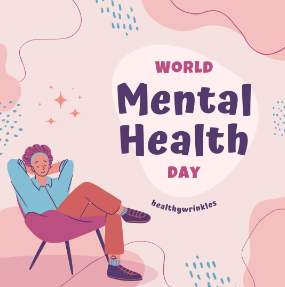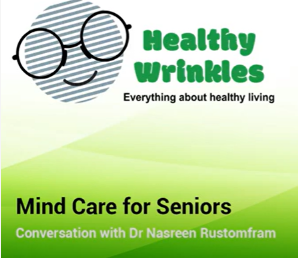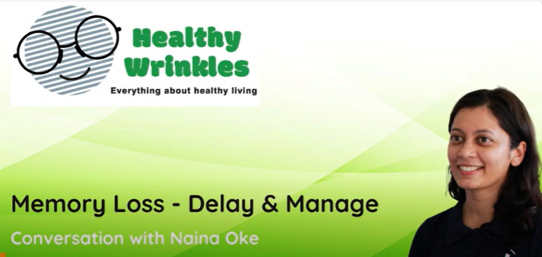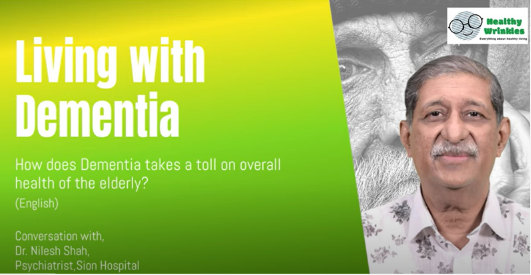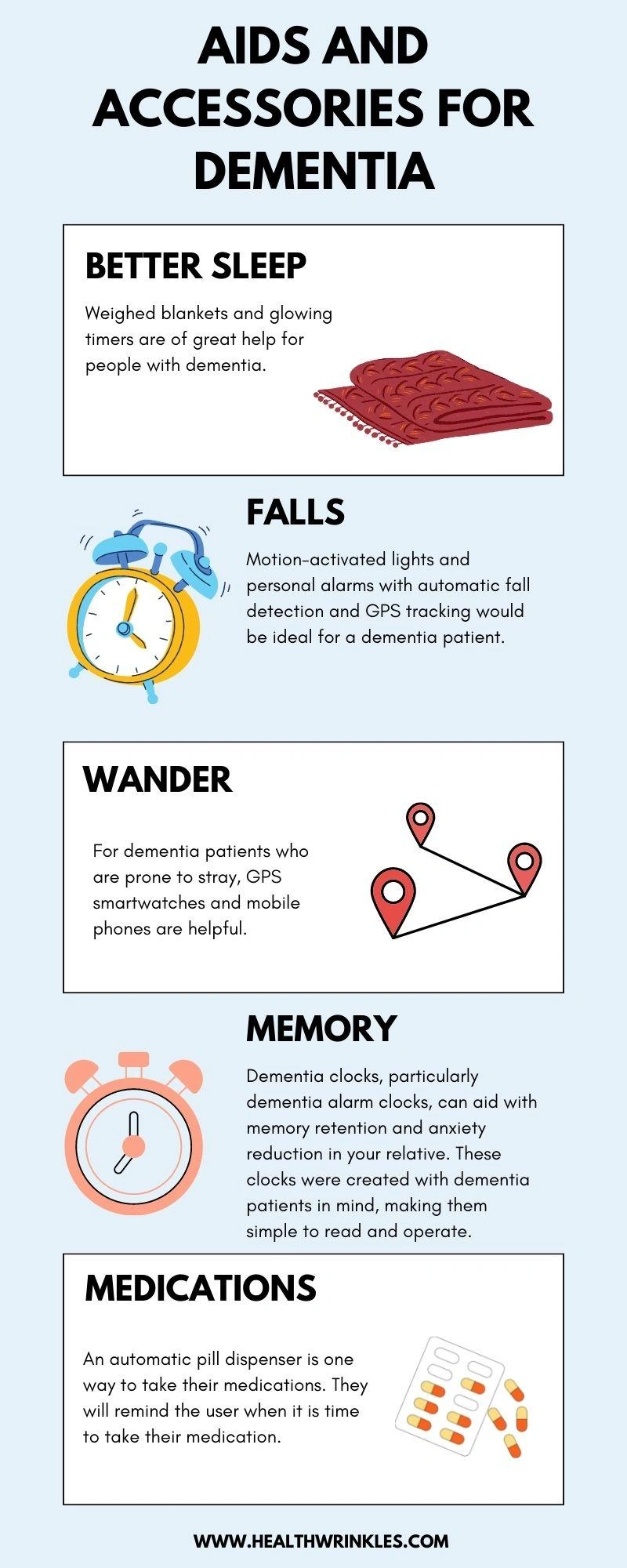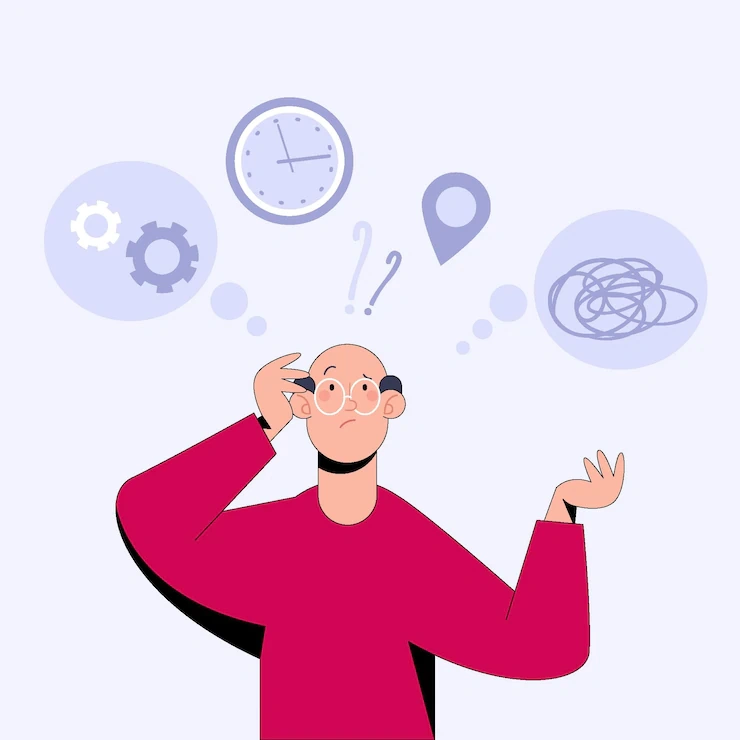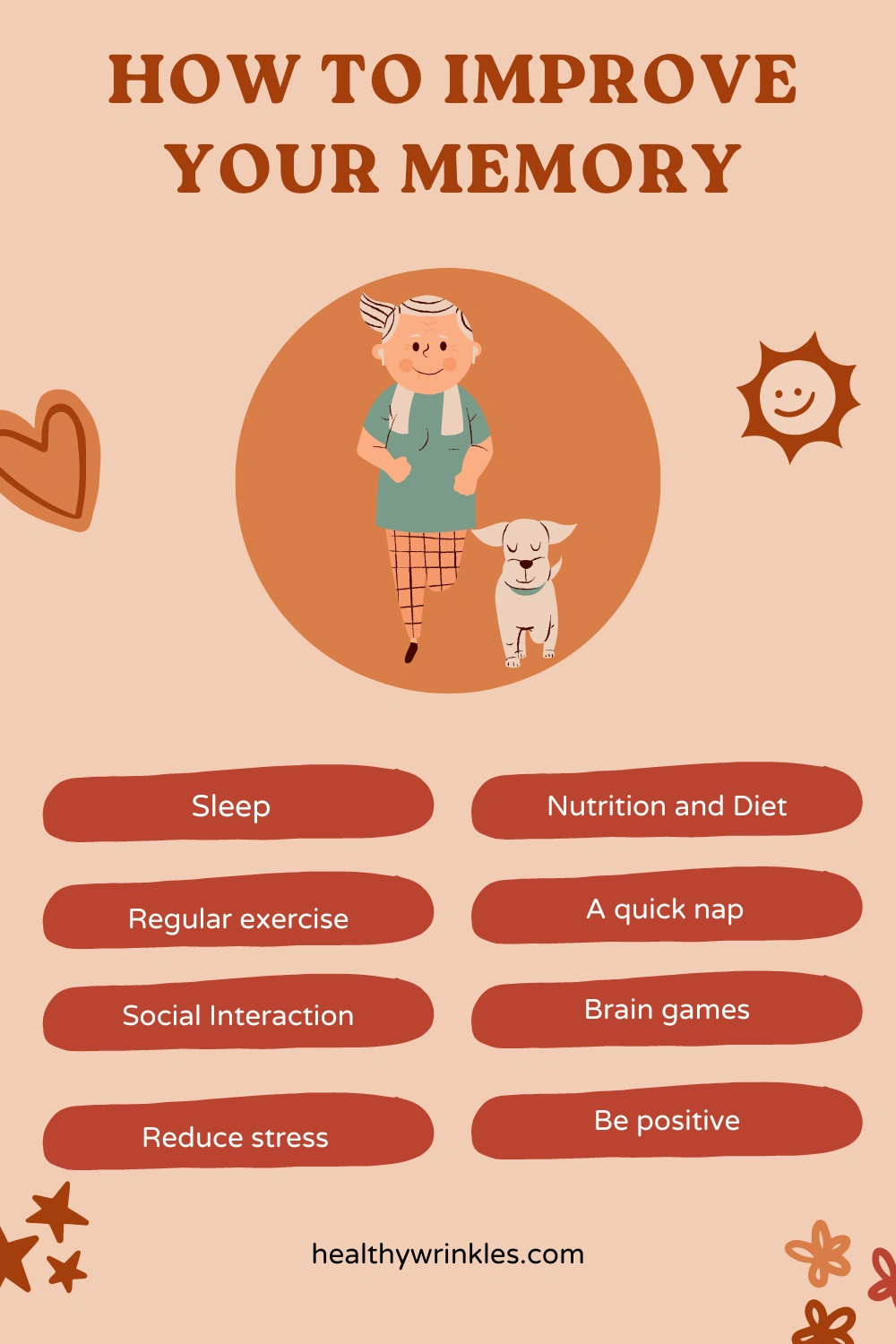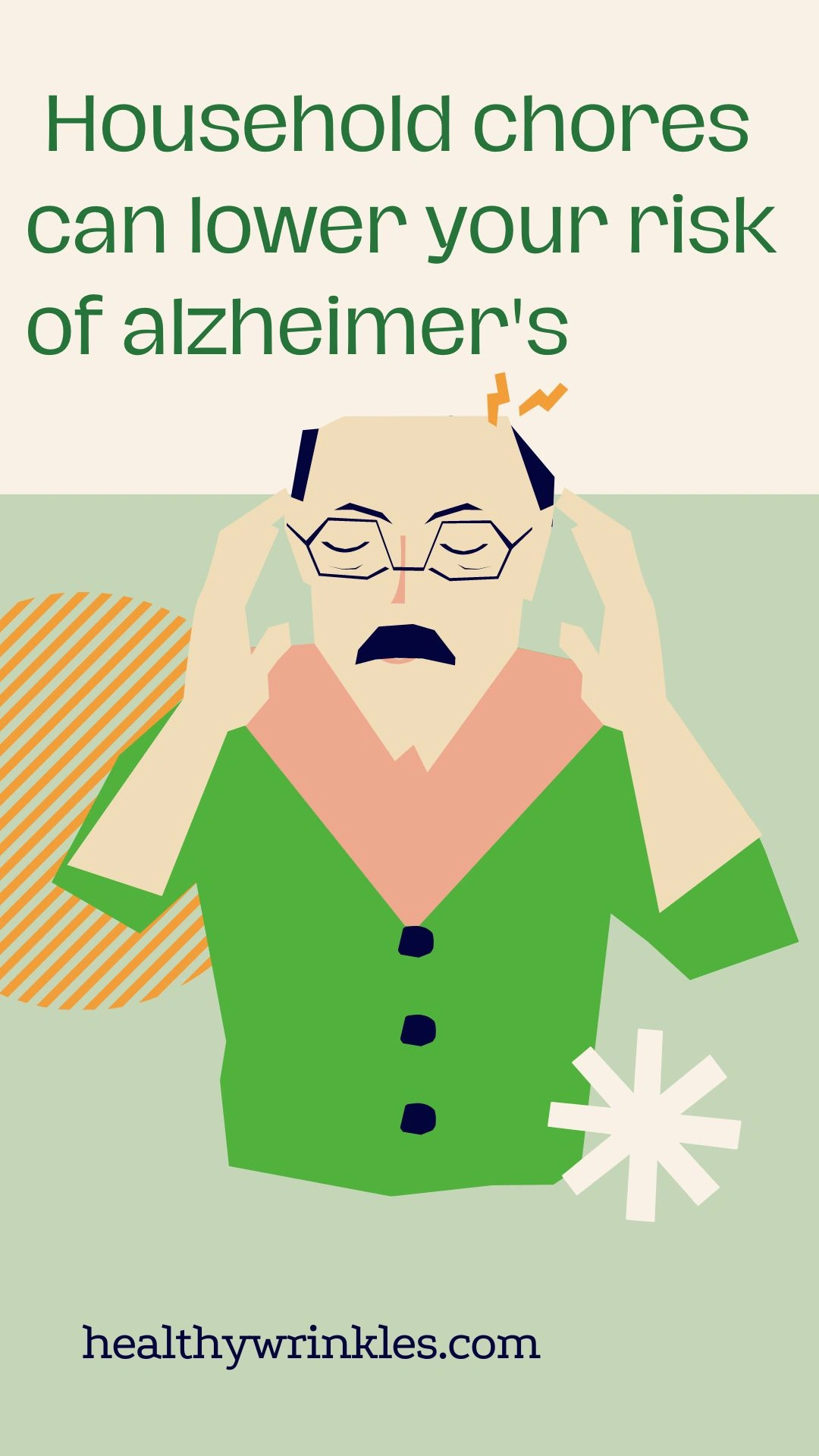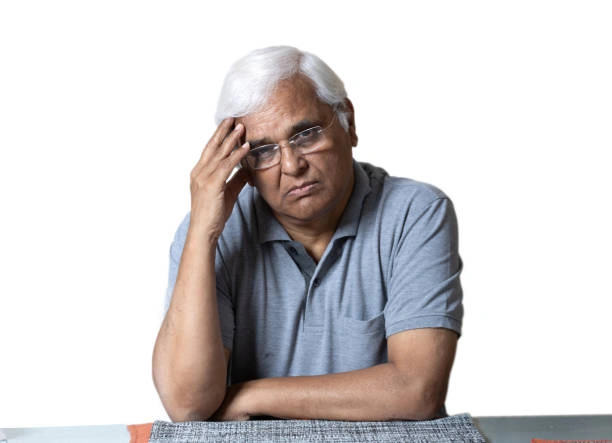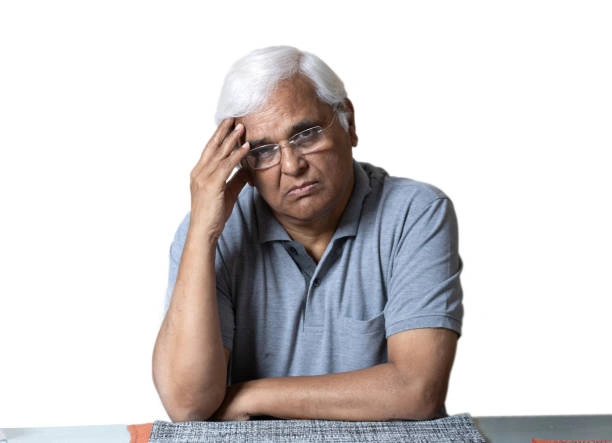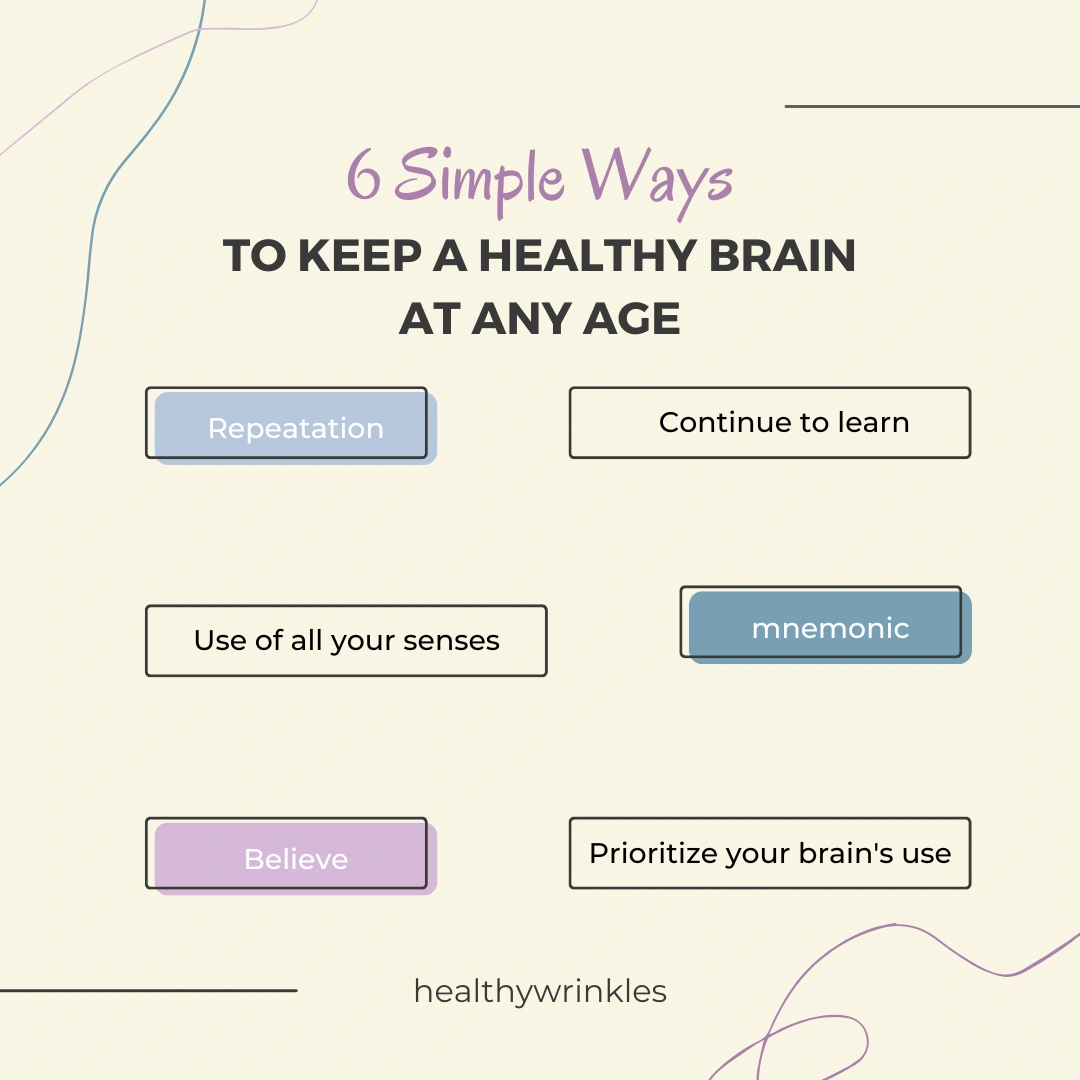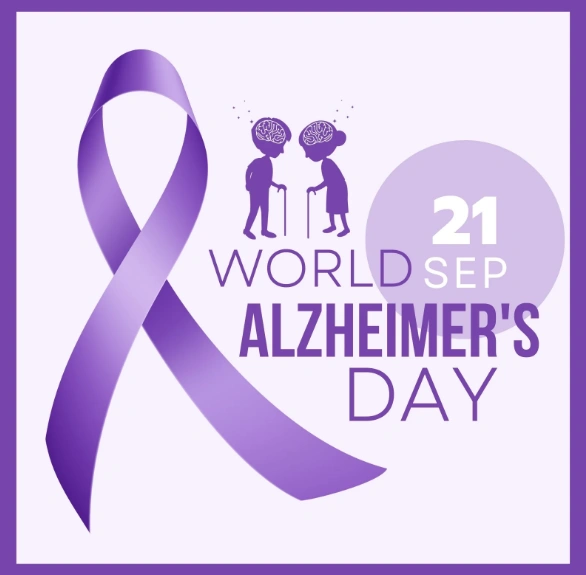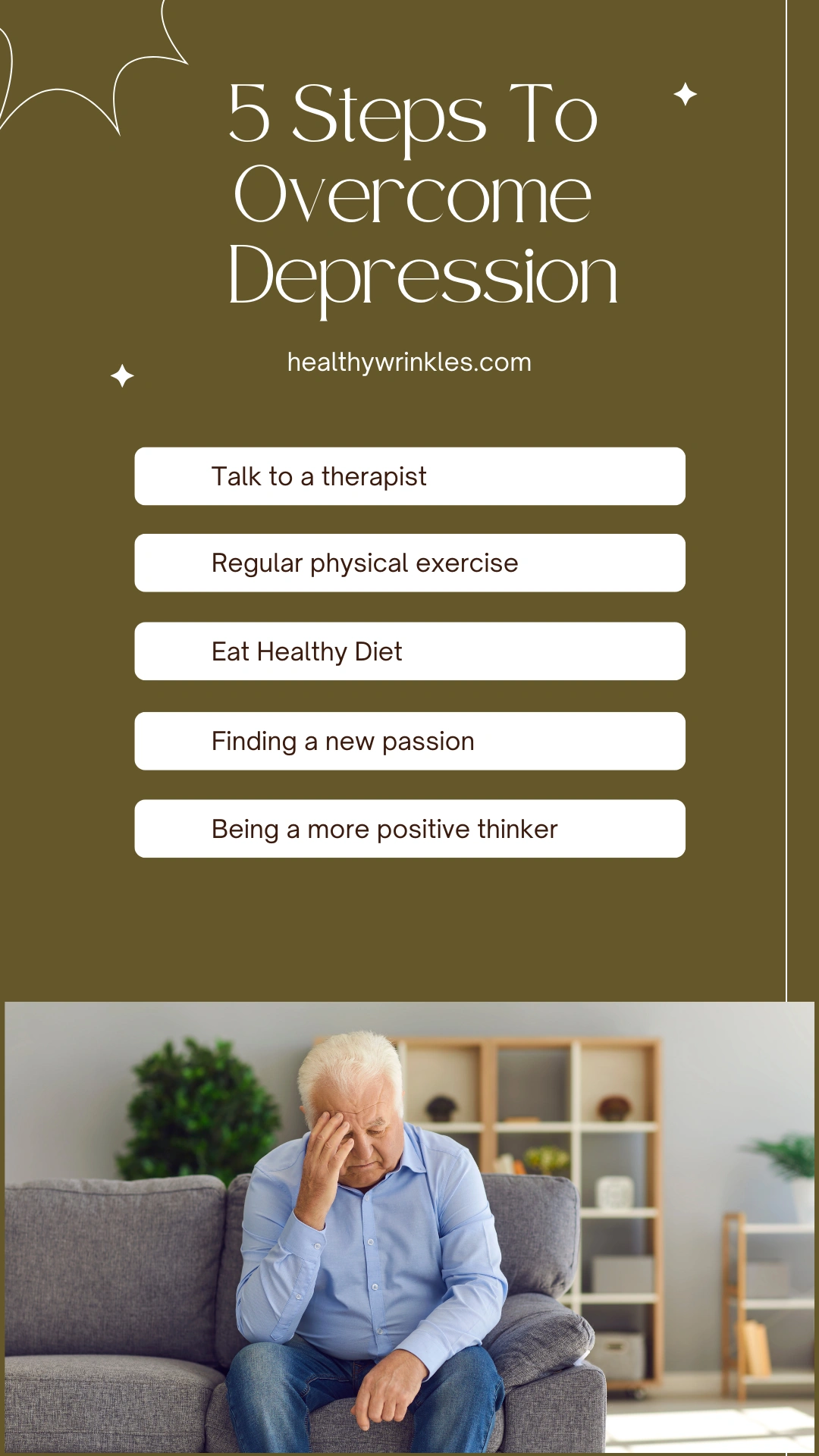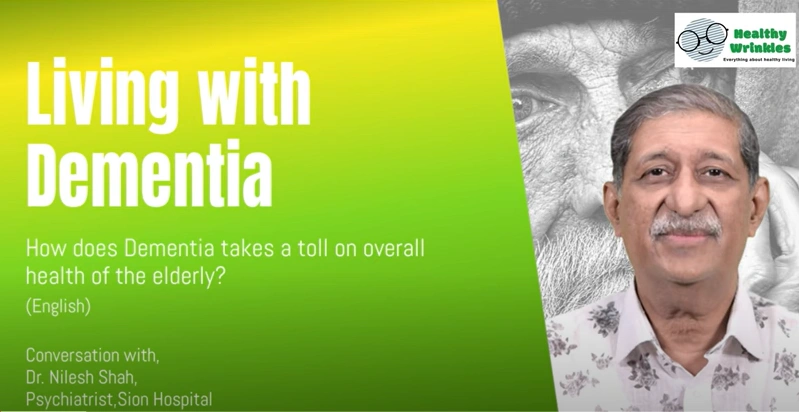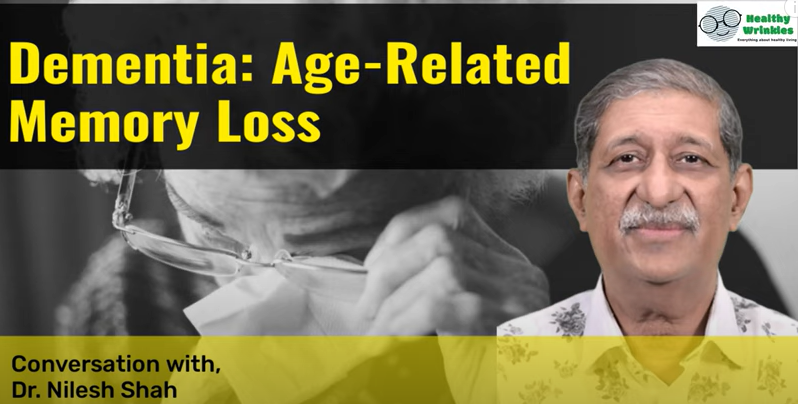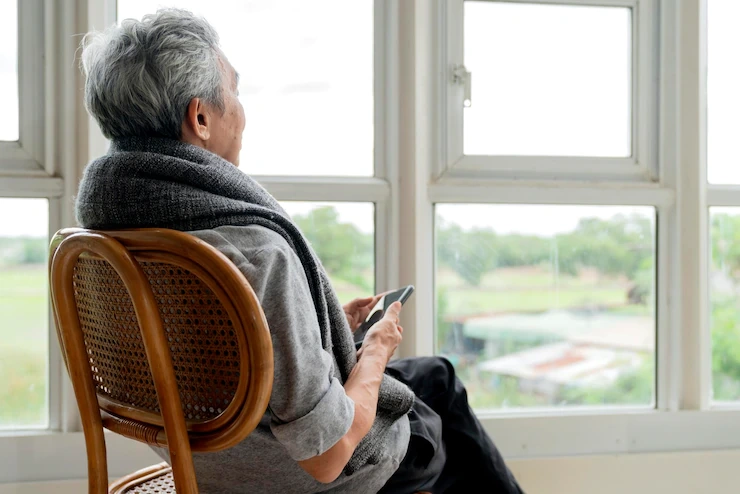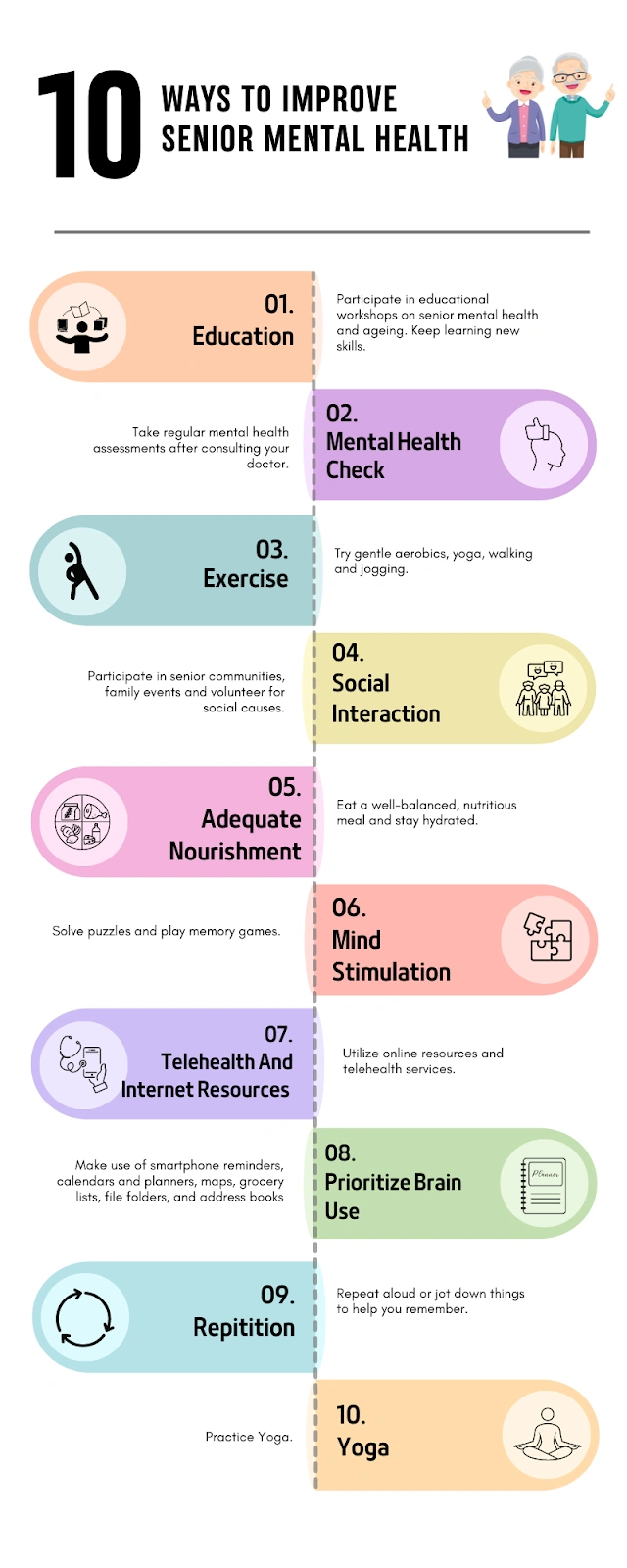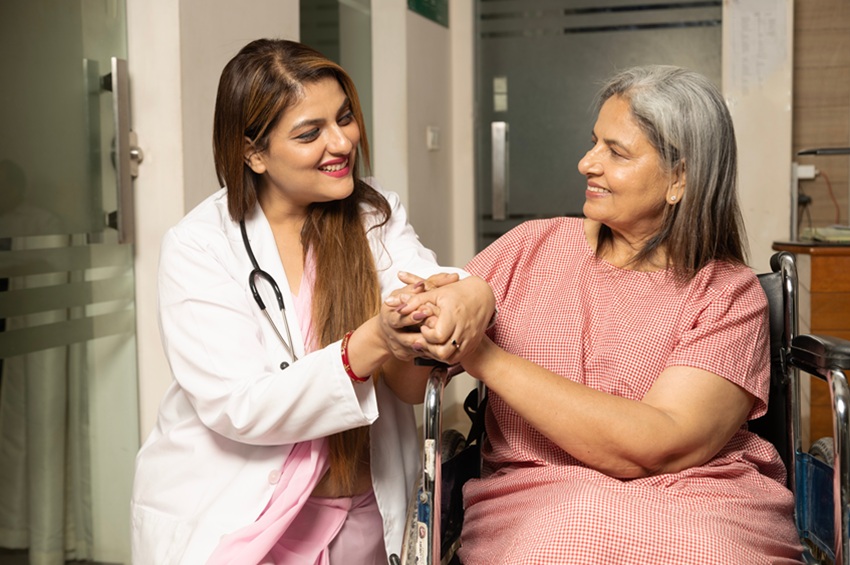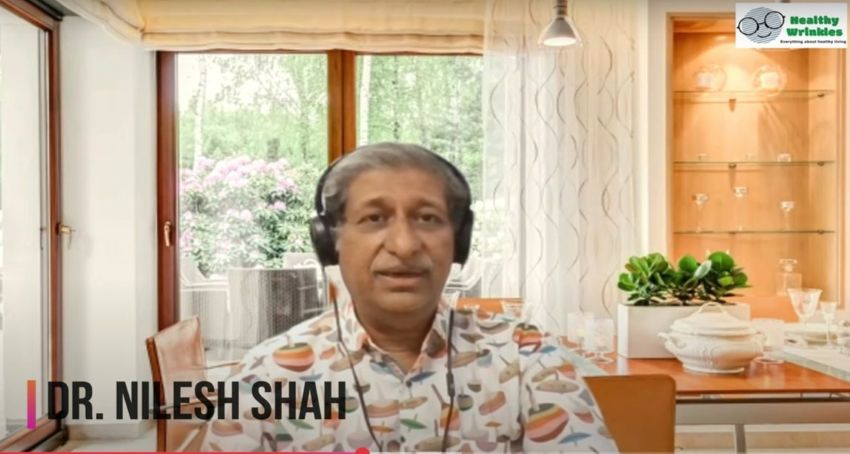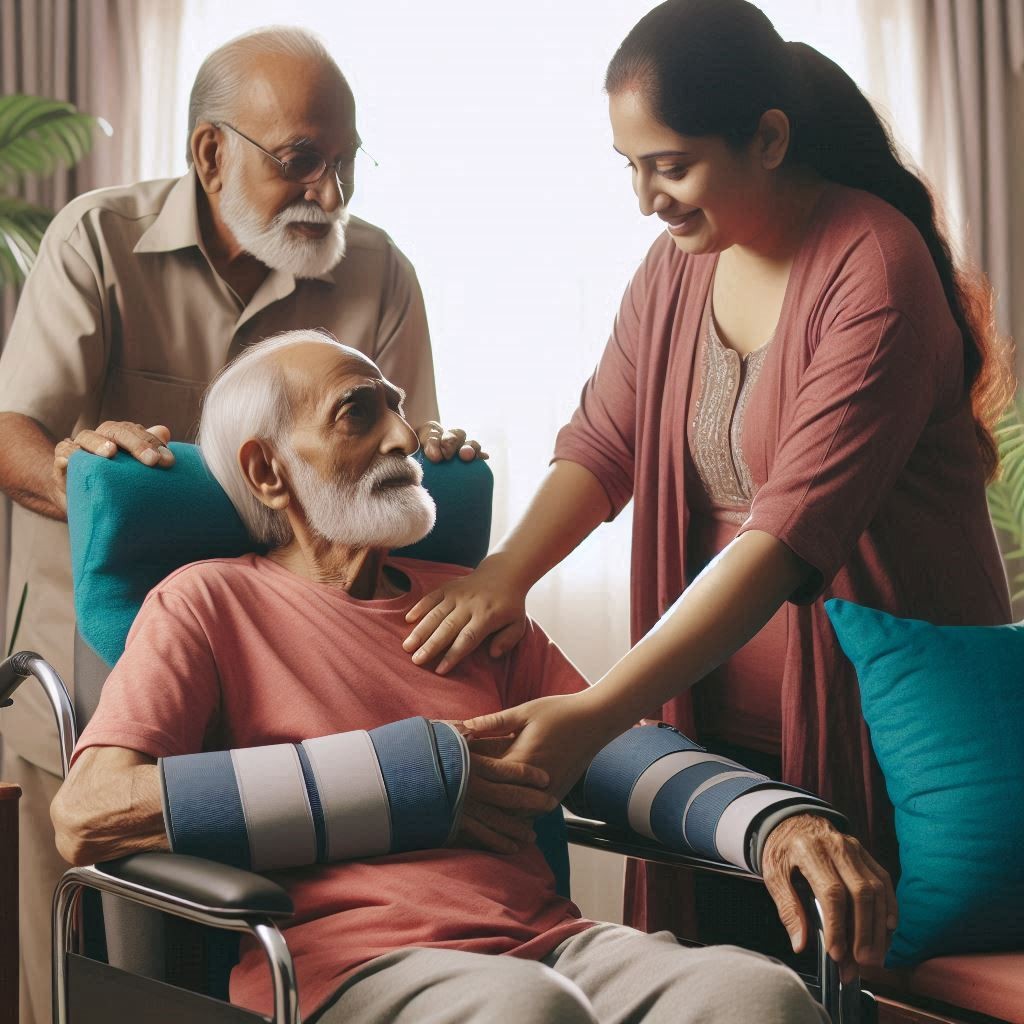Post Stroke Rehabilitation Part I – What does it mean setting up expectations
Stroke Rehab - Part 1
Setting up the expectations-
Stroke rehabilitation involves a range of therapies aimed at helping individuals relearn skills lost due to a stroke. The approach depends on the areas of the brain affected and focuses on improving movement, speech, strength, and daily living abilities. This process is vital for restoring independence and enhancing quality of life.
Stroke complications and recovery outcomes vary widely among individuals. However, research shows that those who engage in structured rehabilitation programs recover more effectively than those who do not. As a result, stroke rehabilitation is highly recommended for all stroke survivors.
Stroke rehabilitation – what does it mean:
There are many approaches mainly focusing on practicing the same thing over and over again. Your rehabilitation plan will depend on the part of the body or type of ability affected by your stroke.
Physical activities might include:
- Motor-skill exercises. Exercises can enhance muscle strength and coordination throughout the body, targeting essential functions such as balance, walking, and swallowing.
- Mobility training. You may be introduced to mobility aids like a walker, cane, wheelchair, or ankle brace. An ankle brace can provide stability and support, helping to bear your body weight as you relearn to walk.
- Constraint-induced therapy. An unaffected limb is restrained while you practice moving the affected limb to help improve its function. This therapy is sometimes called forced-use therapy.
- Range-of-motion therapy. Certain exercises and treatments can ease muscle tension, known as spasticity, and help you regain range of motion.
Technology-assisted physical activities might include:
- Functional electrical stimulation. Electricity is applied to weakened muscles, causing them to contract. The electrical stimulation may help retrain your muscles.
- Robotic technology. Robotic devices can assist impaired limbs with performing repetitive motions. This can help the limbs regain strength and function.
- Wireless technology. An activity monitor might help you increase post-stroke activity.
- Virtual reality. The use of video games and other computer-based therapies involves interacting with a simulated, real-time environment.
Cognitive and emotional activities might include:
- Therapy for cognitive symptoms. Occupational therapy and speech therapy can help you with lost cognitive abilities. These abilities may include memory, processing, problem-solving, social skills, judgment and safety awareness.
- Therapy to help communication. Speech therapy can help you regain lost abilities in speaking, listening, writing and comprehension.
- Psychological evaluation and treatment. Your emotional adjustment might be tested. You also might have counseling or participate in a support group.
- Medicine. Your healthcare professional might recommend an antidepressant or a medicine that affects alertness, agitation or movement.
Healthy Wrinkles is devoted to better healthcare of senior citizens. We hope that Healthy Wrinkles YouTube channel, blogs and healthcare service databases will help senior citizens and also their family members to ensure better health. Knowledge, discussions and demonstrations over here are for the purpose of information only and shall NOT be construed as medical advice. You should contact your health care professional with respect to any specific problem or issue.
#Senior #Geriatric #Healthcare #Elderly #Caregivers #Elderlycare #Elderly #Geriatriccare #Geriatricservices #healthyaging #geriatricians #Geriatriccounseling #healthwrinkles#Physiotherpy#rehab#strokerehab
